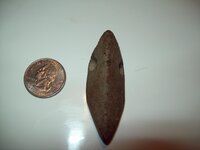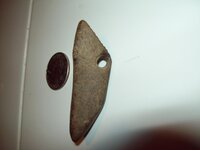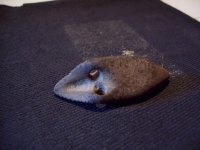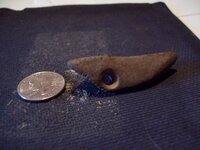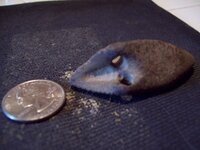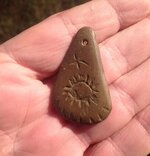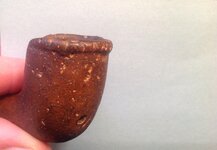Charles Prentice
Jr. Member
A buddy of mine I hunt with(WhiteBoy) found this about a year ago in southeastern SC, not to far from the Savannah River. His thoughts are that it is a Birdstone.. Any thoughts would be appreciated.. The Archeologist can seem to agree on what the hell it is. All I know is that it is way cool..
Thanks in advance.
Thanks in advance.
Attachments
Upvote
0


